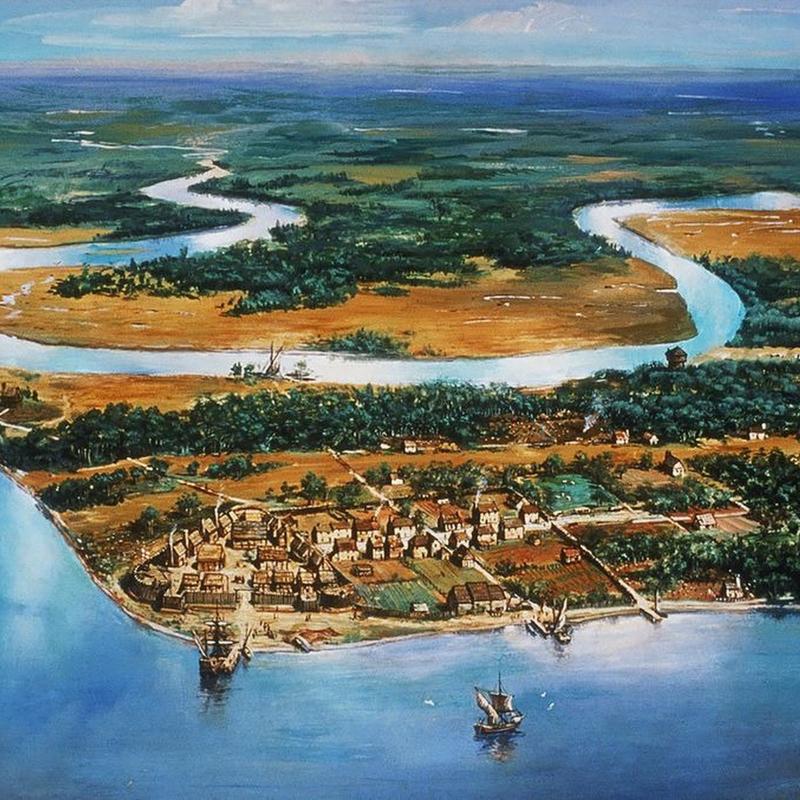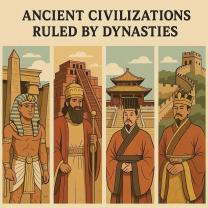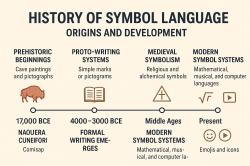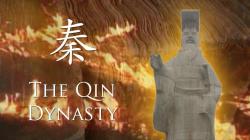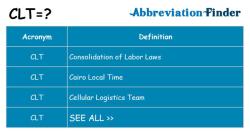What type of settlers first went to James Town?
The initial settlers who first went to Jamestown in 1607 were primarily young English men seeking economic opportunities. This group was composed largely of adventurers, soldiers, and individuals motivated by the potential for profit and adventure in the New World. The demographic characteristics of the early Jamestown settlers can be summarized as follows:
Male Dominance:
- The early Jamestown settlers were overwhelmingly male. The initial group consisted mostly of young men who were part of the Virginia Company's expedition. The lack of women in the early years of the colony had implications for family life and social dynamics.
Economic Motivations:
- The primary motivation for many of the early settlers was economic. They were attracted by the potential for finding valuable resources such as gold and other minerals. The Virginia Company, which sponsored the venture, aimed to establish a profitable colony and generate returns for its investors.
Laborers, Adventurers, and Soldiers:
- The composition of the early settlers included laborers, craftsmen, and soldiers. The workforce was essential for various tasks, including building infrastructure, farming, and defense. Some were adventurers seeking new opportunities, while others were military personnel with the task of securing the colony.
Social Stratification:
- The early settlers exhibited social stratification, with individuals from different backgrounds and social classes. While some were common laborers, others may have had skills or trades that contributed to the colony's development.
Youthful Population:
- Many of the early settlers were young, reflecting a demographic skewed toward a younger population. This demographic profile contributed to a dynamic and evolving social structure within the colony.
Limited Family Presence:
- In the early years, there were few families among the settlers. The lack of a significant family presence had implications for social stability and community development. Over time, efforts were made to encourage family migration to Jamestown.
It's important to note that the demographic composition of Jamestown changed over time as more settlers arrived, and the colony developed. Subsequent waves of immigrants, including women, families, and indentured servants, contributed to a more diverse and stable population. The early years of Jamestown were marked by challenges, including disease, conflicts with Indigenous peoples, and the struggle for survival. The evolution of Jamestown's population and demographics played a significant role in shaping the development of the English colonies in North America.
Who were the initial settlers in Jamestown?
The initial settlers of Jamestown in 1607 were a diverse group of individuals brought together by the Virginia Company of London, united in their quest to establish the first permanent English colony in North America. While primarily English men and boys, their backgrounds and motivations differed significantly. Here's a breakdown:
Social Classes:
- Gentlemen adventurers: Wealthy individuals seeking exploration, fortune, and potential leadership roles in the new colony.
- Artisans and skilled laborers: Carpenters, blacksmiths, and other tradespeople essential for constructing and maintaining the settlement.
- Servants and indentured laborers: Seeking a fresh start, freedom from debt in England, or the opportunity to own land in the New World.
- Soldiers and military officers: To provide security and defense against potential threats.
Religious Perspectives:
- Anglicans: Adherents to the Church of England, fulfilling the company's mandate to convert Native Americans to Christianity.
- Separatists and other Protestants: Seeking religious freedom from persecution in England.
Additional Considerations:
- Although primarily men, a few women arrived in Jamestown in later years, playing crucial roles in establishing families and community life.
- While united by the goal of establishing a colony, internal conflicts and power struggles arose due to differing social positions, ideologies, and expectations.
Understanding the diverse identities and motivations of the initial Jamestown settlers sheds light on the complex dynamics within the colony and their interactions with the Powhatan Confederacy, the indigenous people who inhabited the land. Their story is not simply one of conquest and colonization but a multifaceted narrative of cultural interaction, conflict, and adaptation.
Feel free to ask further questions if you'd like to explore specific aspects of the settlers' backgrounds, their early struggles, or their relationships with the Powhatan people.
